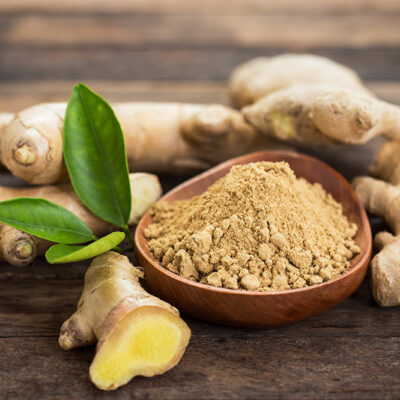
Health
6 Health Complications of Sleep Apnea
Sleep apnea is a common sleep disorder in which there is a sudden relaxation of the airway due to which breathing stops for a few seconds. Some cases can cause compilations, while others can have some grave impacts on the overall health. It is imperative to know about the effects of sleep apnea on the body to get timely medical assistance. 1. Cardiovascular Issues One of the most common observations is that people with sleep apnea that is left untreated for a long duration experience vulnerabilities to heart troubles. This can be due to a sudden elevation in the blood pressure. People who already suffer from hypertension might also be at risk of heart failure in such cases. The heart rhythm can be affected in the long run. 2. Blood Oxygen Depletion The pause in breathing might only be momentary. But this means that the cells in the body are deprived of the essential levels of oxygen they need during the night. This can sometimes lead to a sudden dip in blood oxygen levels. 3. Tiredness Even after sleeping for a long duration people with sleep apnea wake up feeling tired. When breathing stops, the body wakes up due to reflex reaction, and this interruption in breathing might lead to difficulty in the body to relax and enter a state of deep sleep again.
Read More 















